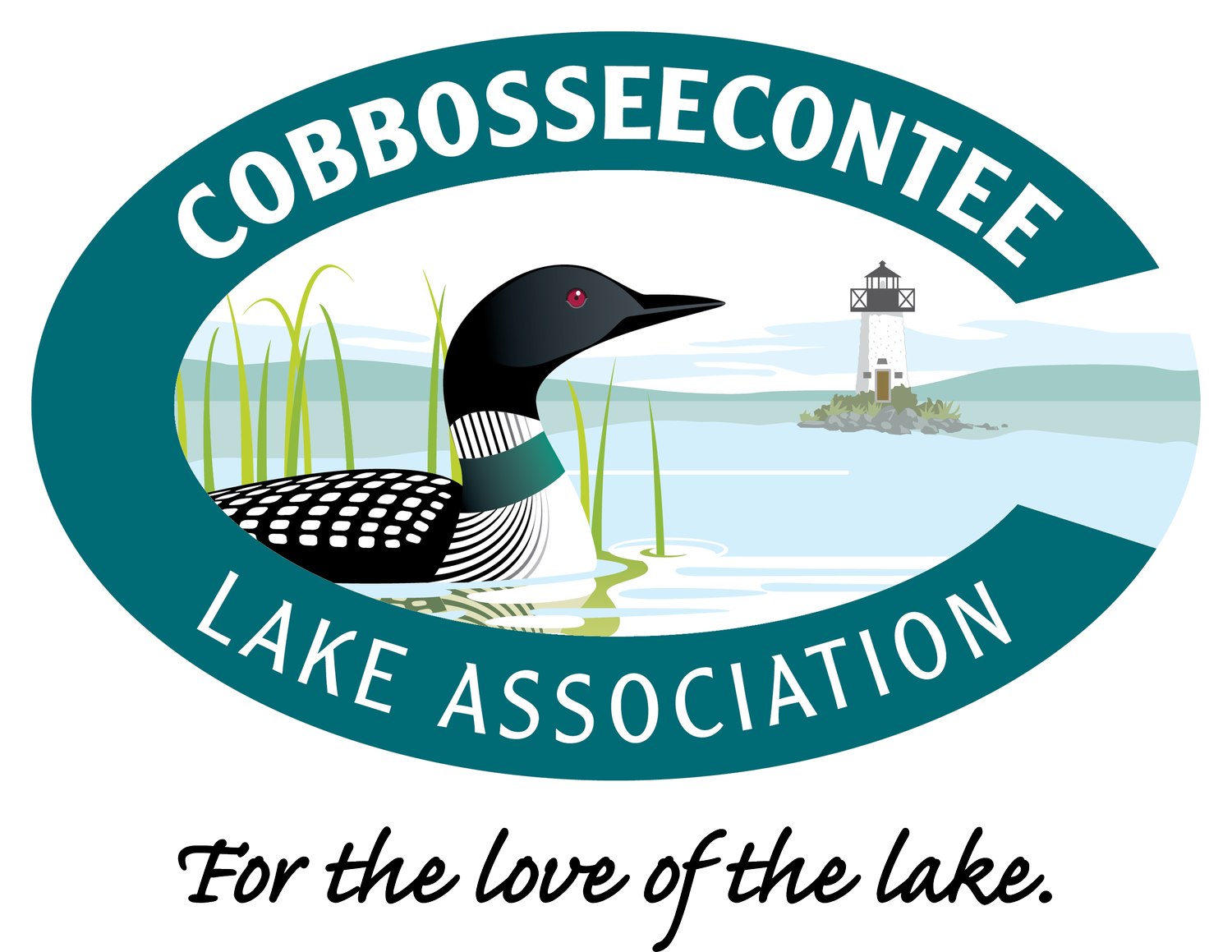Boating In Maine
Maine Boating Laws
In our 2023 CLA membership survey, you told us that “boating safety and courtesy” was the second-most important topic you want CLA to focus on. We are developing plans to educate members and the public about the impact of unsafe boating on people, the shoreline, and wildlife.
If you have questions or concerns about boating safety on Lake Cobbossee, please call the Maine Warden Service from Inland Fisheries and Wildlife at 207-287-8000.
Laws and Rules PDF Link is found here.
Boating Safety Course is found here.
Distance From Shoreline
Our boats’ wakes can worsen shoreline erosion and destroy loon nests.
Please be mindful of your distance to shore and speed.
As many are aware, high waves touching our shorelines can result in destruction of precious and sensitive shoreline areas, as well as loon nesting habitant. Each year, the height of the shoreline differs depending on run off, snow melt and rain quantity.
High waves too close to shore can exacerbate this dangerous problem. Prior research suggested that boats should stay 200 feet away from all shorelines, including islands. However, recent research from Midwestern states, indicates that 500 feet is the recommended distance wake-enhancing boats should operate from shore at wake speed. Maine legislature is studying this further.
Boaters should observe “Wake Speed” (or “Headway Speed”) of 5 miles per hour or less when near shorelines and especially in Cobbossee's Horseshoe Islands which is full of sensitive shorelines. This is the lowest speed at which it is possible to maintain steering and control of a boat and it will result in creating a wake that is 6 inches or less in height. Using this speed while boating near the shoreline will not only protect our shorelines from erosion but will also assure greater success of loon nesting sites.
Buoys and Markers
Waterway Buoy Markers
The buoy markers on Lake Cobbosseecontee comply with the nationwide waterway marking system as recommended by the U.S. Coast Guard for the purpose of minimizing hazards.
The Maine State Aids to Navigation System ( M.S.A.T.N.S.) was developed specifically for this state and it consists of five types of markers:
1. Lateral types of Aids to Navigation
2. Safe water markers
3. Inland waters obstruction markers;
4. Regulatory and Information markers
5. Other Waterway Marking Devices and Waterborne Structures
Markers are not typically placed within 200 feet of the Water Safety Zone (shoreline) with the exception of high-traffic areas. Learn more and see examples of the markers at Maine.gov before heading onto the water.
AVOID SOLID YELLOW BUOYS WHICH INDICATE INVASIVE PLANTS.




